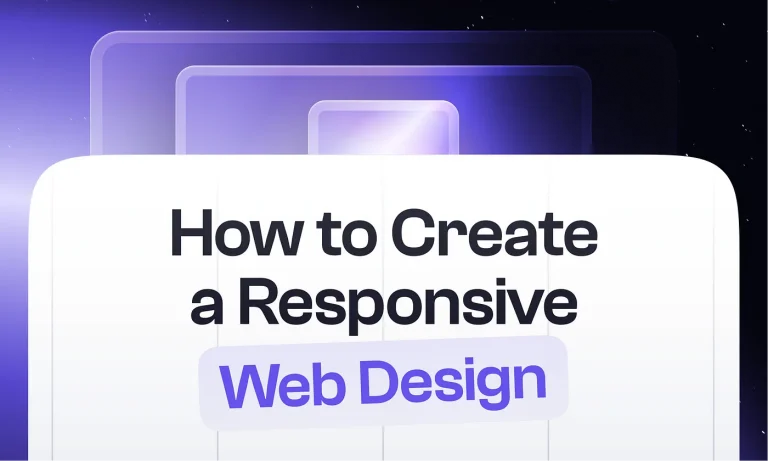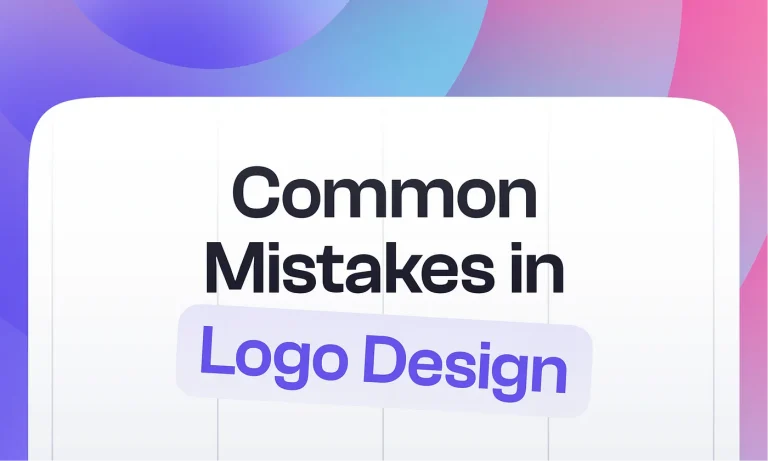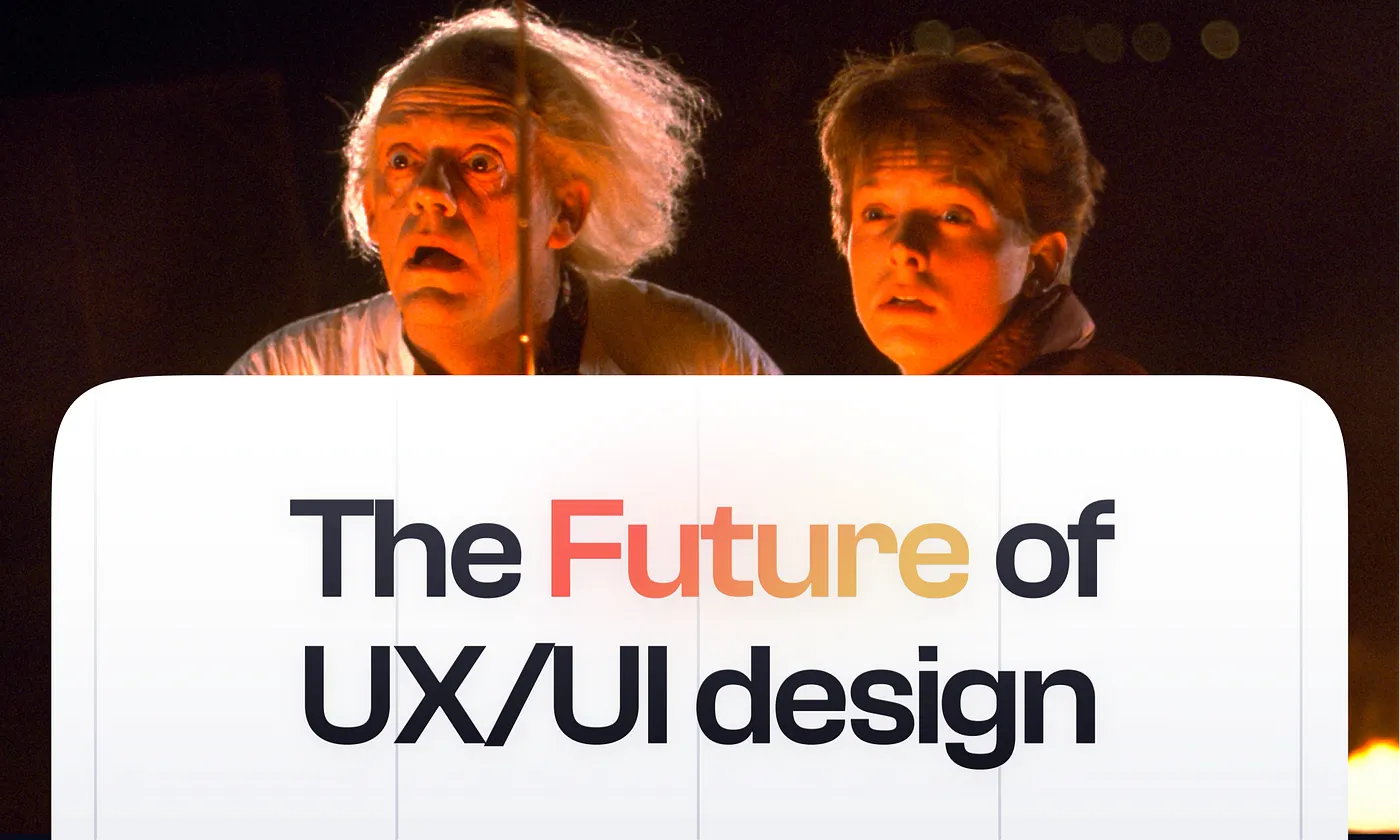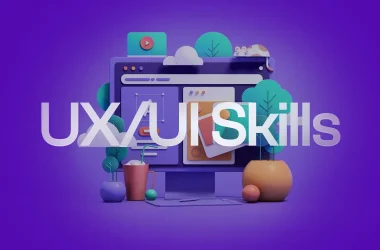User experience (UX) and user interface (UI) design have come a long way in the past few years, and it’s safe to say that they will continue to evolve rapidly. With technological advancements and changing user expectations, UX/UI design will be more critical than ever in the coming years. Designers must remain flexible and adaptable to meet the changing needs of users and the industry as a whole. Let’s take a closer look at some of the trends and the future of UX/UI design.
Every user is different, and every product or service has its unique challenges and requirements. Therefore, designers need to approach each project with an open mind and a willingness to experiment with new techniques and technologies.
1. Personalization
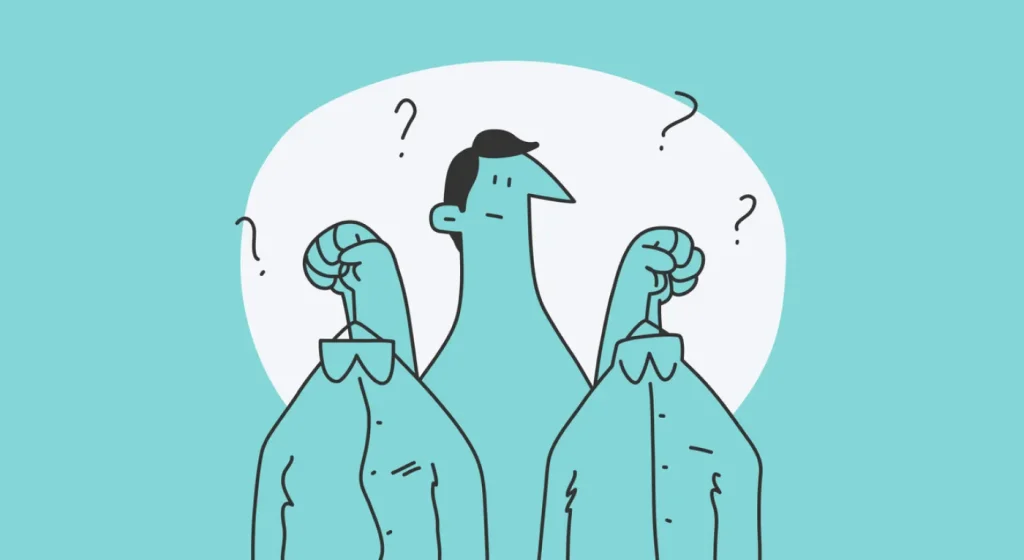
Personalization will be one of the key trends in UX/UI design in the coming years. With the growing popularity of artificial intelligence (AI) and machine learning, designers will be able to create interfaces that adapt to the user’s preferences and behavior. Personalized interfaces will not only make the user feel more valued but will also improve the overall experience.
2. Voice User Interface (VUI)
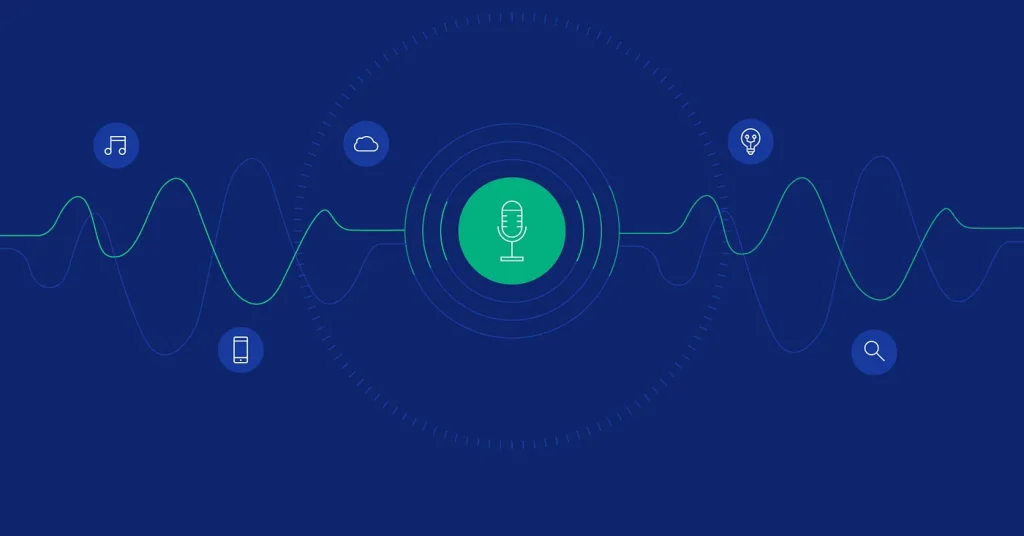
The emergence of voice assistants such as Siri and Alexa has opened up a new area of design: voice user interfaces. VUIs have the potential to revolutionize how users interact with technology, especially in situations where using a touchscreen or keyboard is not possible. In the future, designers will need to focus on creating intuitive VUIs that are easy to use and understand.
3. Augmented Reality (AR) and Virtual Reality (VR)

The use of AR and VR in UX/UI design will continue to grow in the coming years. They can create immersive experiences for users, which can significantly enhance the overall experience. Designers will need to create interfaces that take advantage of AR and VR to provide a seamless experience for users.
4. Minimalism
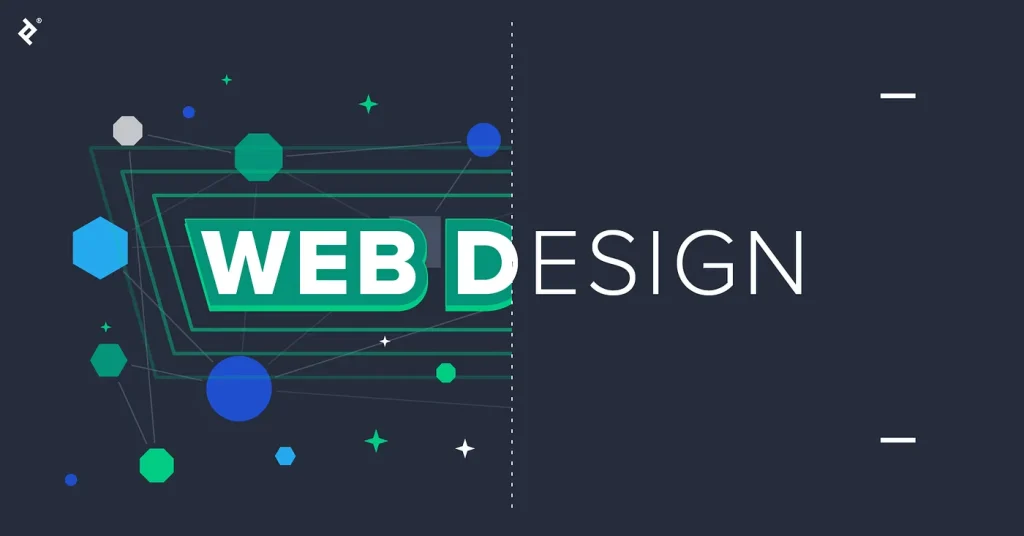
Minimalism has been a trend in UX/UI design for a while now, and it will continue to be popular in the coming years. Minimalist designs focus on simplicity, using clean lines and minimal elements to create a clean and easy-to-use interface. Minimalism is not just a trend but also an essential principle of good design that helps to reduce clutter and make interfaces more intuitive.
5. Accessibility
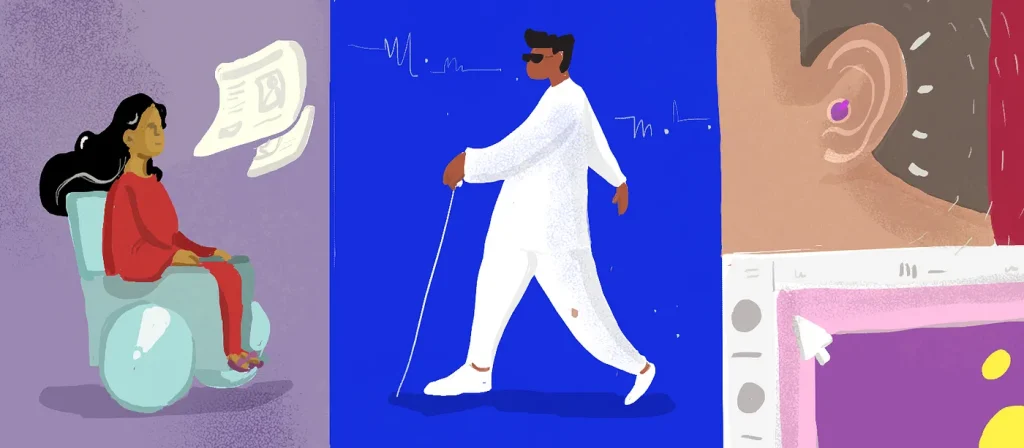
Accessibility has always been a critical consideration in UX/UI design, but it will become even more important in the coming years. Designers will need to create interfaces that are accessible to users with disabilities, such as those with visual or hearing impairments. Accessibility will not only improve the user experience for people with disabilities but also for everyone else.
6. Sustainability
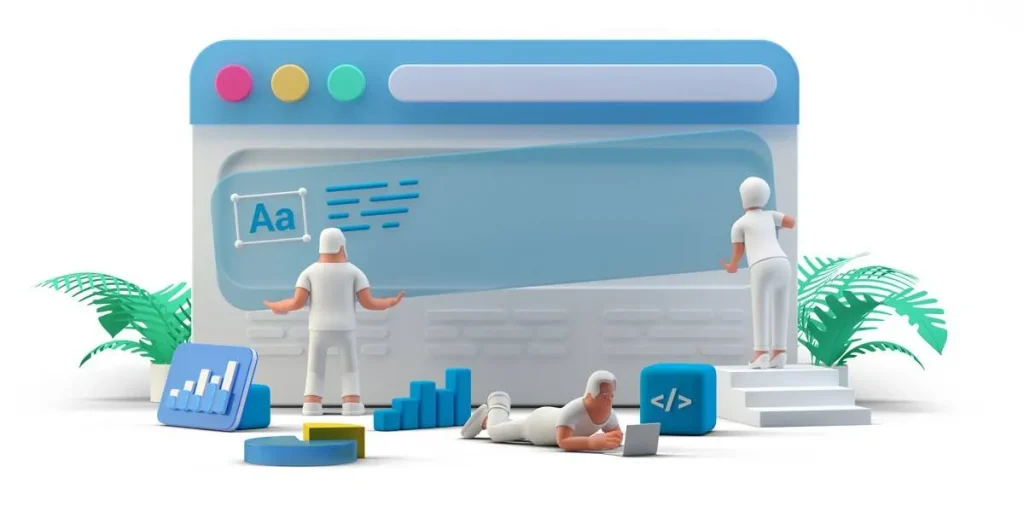
Sustainability is an increasingly important consideration in all areas of design, and UX/UI design is no exception. In the coming years, designers will need to create interfaces that are not only functional but also environmentally friendly. This could involve using sustainable materials, reducing energy consumption, or designing interfaces that encourage users to make environmentally friendly choices.
It’s important to note that the trends we’ve discussed in this article are based on our personal view of the UX/UI design landscape. While these trends reflect the current direction of the industry, they are by no means the only possible future for UX/UI design.
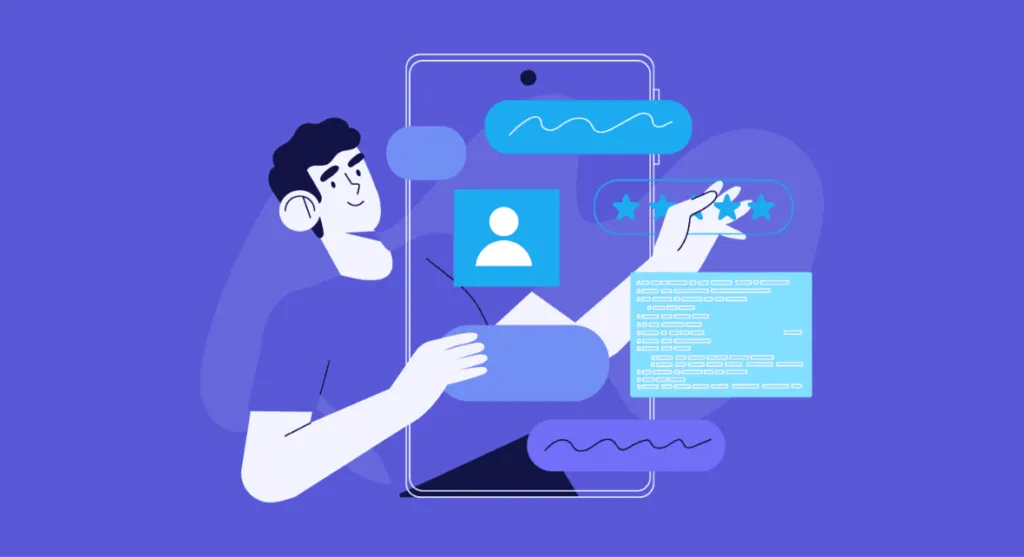
In conclusion, UX/UI design will continue to evolve rapidly in the coming years. Personalization, VUI, AR/VR, minimalism, accessibility and sustainability will be the key trends that shape the future of UX/UI design. Designers will need to stay up-to-date with them and adapt designs to meet changing user expectations. Ultimately, the goal of UX/UI design will remain the same: to create interfaces that are intuitive, easy-to-use, and enhance the user experience.
Psss, more exciting topics are coming soon on this platform. Stay tuned!

